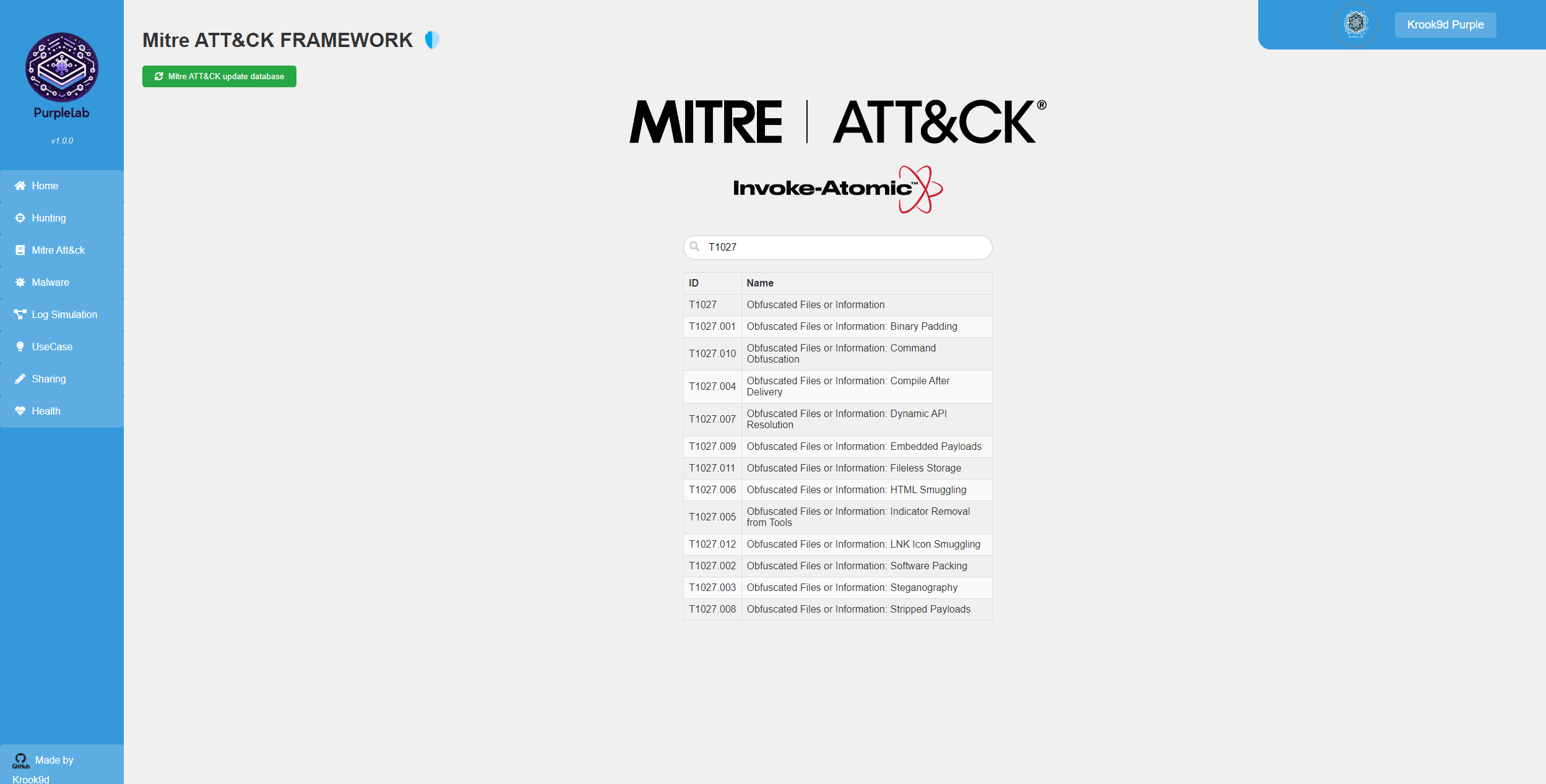Injection attacks are a common form of security vulnerability that can have severe consequences for web applications and systems. They occur when an attacker is able to insert malicious code or commands into an application, which is then executed by the application’s interpreter or database. This can lead to unauthorized access, data breaches, or even complete compromise of the system. In this article, we will explore various types of injection attacks in depth, providing examples and discussing mitigation strategies.
1. SQL Injection:
SQL injection is a type of injection attack that targets the underlying database of a web application. It occurs when an attacker is able to manipulate a SQL query by inserting malicious SQL code. This can happen when user input is directly concatenated into the query string without proper validation or sanitization.
Example:
Consider a login form that takes a username and password as input and uses the following SQL query to validate the user:
SELECT * FROM users WHERE username = '<user_input>' AND password = '<password_input>';
An attacker can bypass the authentication mechanism by entering a malicious input such as `’ OR ‘1’=’1′–`. The resulting SQL query would be:
SELECT * FROM users WHERE username = '' OR '1'='1'--' AND password = '<password_input>';
This modified query will always evaluate to true, allowing the attacker to log in without a valid username or password.
Testing Strategy:
To test for SQL injection vulnerabilities, you can try injecting special characters, SQL keywords, or statements into input fields. Observe the application’s response and look for any unexpected behavior, error messages, or results returned from the database.
Mitigation:
To prevent SQL injection, it is crucial to use parameterized queries or prepared statements. These techniques separate the SQL code from the user input and ensure that input is treated as data rather than executable code. Additionally, input validation and sanitization should be performed to block any suspicious or malicious inputs.
2. Cross-Site Scripting (XSS):
Cross-Site Scripting is another type of injection attack that targets the users of a web application. It occurs when an attacker is able to inject malicious scripts into web pages viewed by other users. This can happen when user-supplied input is not properly validated or sanitized and is then included in the application’s output.
Example:
Consider a comment section on a website that allows users to post comments. If the application does not sanitize user input before displaying it, an attacker can inject a script as part of their comment. For instance, an attacker may enter the following comment:
<script> // Malicious script // Perform actions such as stealing user cookies or redirecting to a phishing site </script>
When other users view this comment, the script will execute within their browser, potentially leading to unauthorized access or other malicious activities.
Testing Strategy:
To test for XSS vulnerabilities, you can try injecting HTML tags, JavaScript code, or script event handlers into input fields that are displayed on webpages. Verify if the injected code is rendered or executed by the browser.
Mitigation:
To prevent XSS attacks, input validation and sanitization are essential. All user-supplied data should be properly encoded or escaped before being displayed in the HTML output. Implementing Content Security Policy (CSP) headers and using frameworks or libraries that automatically handle output encoding can also help mitigate XSS vulnerabilities.
3. Command Injection:
Command injection is a type of injection attack that targets the underlying operating system or command shell. It occurs when an attacker is able to inject malicious commands into an application that subsequently executes them using system commands or shell interpreters.
Example:
Consider an application that allows users to run system commands to perform specific tasks, such as pinging a server. If the application does not properly validate or sanitize user input, an attacker can inject additional commands to execute arbitrary actions. For instance, if the application constructs the command using user input without proper sanitization, an attacker may enter the following input:
127.0.0.1; rm -rf /
If this input is executed as a system command without proper validation, it will delete all files and directories on the server.
Testing Strategy:
To test for command injection vulnerabilities, you can try injecting special characters, command separators (such as semicolons or ampersands), or arbitrary commands into input fields. Observe the application’s response and check if the injected commands are executed by the system.
Mitigation:
To prevent command injection attacks, it is important to carefully validate and sanitize all user-supplied input before
using it in command execution. Insecure methods like string concatenation should be avoided when constructing commands. Instead, application developers should use safe APIs or libraries that separate command parameters from the command string.
4. LDAP Injection:
LDAP (Lightweight Directory Access Protocol) injection is an attack that targets applications that interact with LDAP directories. It occurs when an attacker is able to manipulate LDAP queries by injecting malicious input. This can lead to unauthorized access or data leakage from LDAP-based systems.
Example:
Consider an application that uses user input to perform an LDAP search. If the application does not properly validate or sanitize the input, an attacker can inject LDAP-specific syntax to modify the search behavior. For instance, if the application constructs an LDAP query using user input without proper sanitization, an attacker may enter the following input:
*)(uid=*))(|(password=*
This input modifies the query to return all entries in the LDAP directory, effectively bypassing any authentication mechanism.
Testing Strategy:
To test for LDAP injection vulnerabilities, you can try injecting special characters, LDAP operators, or filters into input fields that are used in LDAP queries. Observe the application’s response and check if the injected input alters the LDAP query’s behavior or returns unexpected results.
Mitigation:
To prevent LDAP injection attacks, it is crucial to use parameterized queries or prepared statements specific to LDAP. These methods ensure that user input is treated as data rather than executable code. Input validation and sanitization should also be performed to block any suspicious or malicious inputs.
5. XML Injection:
XML injection is an attack that targets applications that handle XML input. It occurs when an attacker is able to inject malicious content into XML data, leading to various security risks such as data exposure or denial of service.
Example:
Consider an application that generates an XML document based on user-supplied input without proper validation or sanitization. An attacker can inject malicious XML content to manipulate the structure or behavior of the resulting document. For example, if the application directly inserts user input into an XML element, an attacker may enter the following input:
<name> <![CDATA[<script>alert('XSS')</script>]]> </name>
When this XML document is parsed by another application, the injected script will execute, leading to potential security vulnerabilities.
Testing Strategy:
To test for XML injection vulnerabilities, you can try injecting special characters, XML metacharacters, or nested XML tags into input fields. Observe the application’s response and check if the injected content alters the XML structure or triggers unexpected behaviors.
Mitigation:
To prevent XML injection attacks, input validation and sanitization should be performed before generating or parsing XML data. XML-specific APIs or libraries that handle encoding and escaping of special characters should be used to ensure the integrity of the XML structure.
These are just a few examples of injection attacks. Other types include OS command injection, XPath injection, Code injection, and more. It’s crucial to understand the underlying vulnerabilities and testing strategies for each specific injection attack to effectively assess and secure applications against such threats.
As a tester, it’s important to follow a systematic approach while testing for injection vulnerabilities. Identify user inputs, validate and sanitize them properly, and ensure that input is not directly concatenated into commands or queries. Use techniques like input fuzzing, boundary value analysis, and penetration testing tools to uncover potential injection vulnerabilities.
By understanding the various types of injection attacks, their strategies, and employing effective testing techniques, you can help ensure that applications are secure against these common and dangerous vulnerabilities. Remember, staying proactive and vigilant in your testing efforts is key to preventing injection attacks and protecting sensitive data.
Conclusion
In conclusion, injection attacks pose significant security risks to web applications and systems. By understanding the various types of injection attacks, such as SQL injection, XSS, command injection, LDAP injection, and XML injection, it becomes possible to implement effective mitigation strategies. These strategies include input validation, sanitization, and the use of secure coding practices, such as parameterized queries and output encoding. By being proactive in identifying and addressing injection vulnerabilities, developers and testers can help ensure the security and integrity of web applications.




Anonymous
June 6, 2023 / at 2:53 pm
Nice informative content 💯